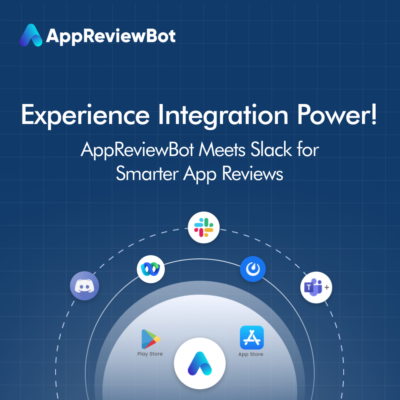By Alexey Gusev, Teamlead Performance Marketing at Goodgame Studios
The last couple of years was not only a time of great turbulence, uncertainty, and opportunity in the mobile marketing industry, but also represented outstanding growth in the mobile gaming industry. Some reports say the gaming industry is now bigger than the movie and music industries combined.
Simultaneously, the field is getting more and more competitive and saturated so it is even more important now to nail down such basics as a mobile game launch strategy. Let’s explore the essential steps to launching a mobile game successfully.
Five steps to launching a mobile game
Depending on the approach and how close the cooperation with the dev team is, the mobile game launch strategy (from the paid marketing perspective) has the following phases:
- Preproduction test phase
- Concept test phase
- Tech launch
- Soft launch
- Marketing launch
Let´s quickly go through every one of those and cover the core things to be considered at every stage of the launch.
Preproduction test phase
At this stage, marketing is involved to help figure out any open questions with the help of the ABC testing capabilities (e.g. which main character to implement, what kind of art style is preferred, and what naming is favored by the potential target audience).
Concept test phase
This phase is used to get a feeling for the first buying KPIs, as well as to get the first readings on the core in-game KPIs — especially retention.
For that, depending on the type of the game one would expect to have from an hour of gameplay (hypercasual) to 7 days of gameplay available (mid-hard core).
Tech launch
There may be long intervals between the two previous phases, however, the tech, soft, and marketing launches follow one after the other, in case of the success of each of the previous phases.
The tech launch phase is usually used to understand whether there are any issues in the user funnel. Are the ads being shown and tracked? Are installs correctly tracked and attributed? Is data being passed to the internal analytics? Are users getting through the game without any technical issues or hiccups? Essentially, this phase allows marketers and devs to understand the potential churning points of the product and fix them before proceeding to the next phase.
Soft launch
There is a multitude of approaches to how one could structure the soft launch phase, some similarities from those approaches are the following:
- User acquisition activities in a handful of geos
- Focus on delivering a certain volume of installs in order to understand the server stability and/or matchmaking capabilities of the game, depending on the game genre
- Rather focus on in-game creatives instead of the CGI trailers, influencer creatives, etc.
- Comparatively low scale
Soft launch could take as few as a couple of weeks if the game hit all the core KPIs from the first attempt, and as many as several months if tweaks to the core app features are in order for the game to be able to hit the given core KPIs (usually focused on retention).
Monetization features should not be a key focus during this phase, however, it should already be possible to make in-app purchases and/or see the rewarded ads as well as to receive all the rewards for that.
Marketing launch
Similar to the soft launch phase, there are multiple ways to possibly structure the full marketing launch of the mobile game. In my experience, there are two major approaches that I could distinguish:
- Springboard approach
- Incremental growth approach
A springboard approach is when a very high ad spends, a multitude of marketing partners, and also the app store feature (in the best case) are launched in a concentrated manner in a matter of a few days or weeks. The main purpose of such an approach is to capitalize on the “golden cohorts” for the game and propel the game through the rankings, thus getting a great organic factor for the campaigns.
For the incremental growth approach, one focuses on running profitable marketing campaigns from the very first weeks of the game launch, adding new marketing partners, and increasing the ad spend step by step.
Roughly one to two months after the launch (it is also very different from one game genre to the next) the game matures and the marketing comes into a more stable performance-driven phase
Core success factors
During all of the phases mentioned above, there are core success factors that will help you to lead the game launch to success:
- Constant feedback loop with the developers’ team
- Building a proper data pipeline from day 1 and understanding the data
- Data-driven decision making
- No dev team KPIs vs marketing team KPIs approach
To take a deeper dive into these phases and game launch strategy in general, join my webinar on June 29. We will explore more details about the core mobile app marketing launch strategy and what it takes to succeed! Bring your questions.
Alexey Gusev is a Teamlead Performance Marketing at Goodgame Studios, a Germany-based publisher creating free-to-play web and mobile games. He started his digital marketing back in 2013 at e-commerce player Ottogroup. Later his passion for gaming led him to Innogames, working on mobile video ads and native networks and UA for international & local social networks. In early 2021, Alexey joined Goodgame Studios to lead a team of UA managers.





 0
0



